The National Gallery is to celebrate its 200th birthday in style, with an ambitious show covering Van Gogh’s paintings from Provence. Van Gogh: Poets and Lovers (14 September-19 January 2025) is likely to turn out to be London’s most popular exhibition of the year.
The 50 paintings and drawings will cover the artist’s period in Arles (February 1888-May 1889) and at the asylum just outside Saint-Rémy-de-Provence (May 1889-May 1890). It was in the south of France that Van Gogh developed his extraordinary sense of colour, creating his most exuberant works.
The first Van Gogh show of 2024 will be the recently announced Vincent van Gogh in the Italian city of Trieste, at the Museo Revoltella (22 February-30 June). Nearly all of the 50 loans will be from the Kröller-Müller Museum in Otterlo, which has the second largest collection of the artist’s work (after Amsterdam’s Van Gogh Museum).
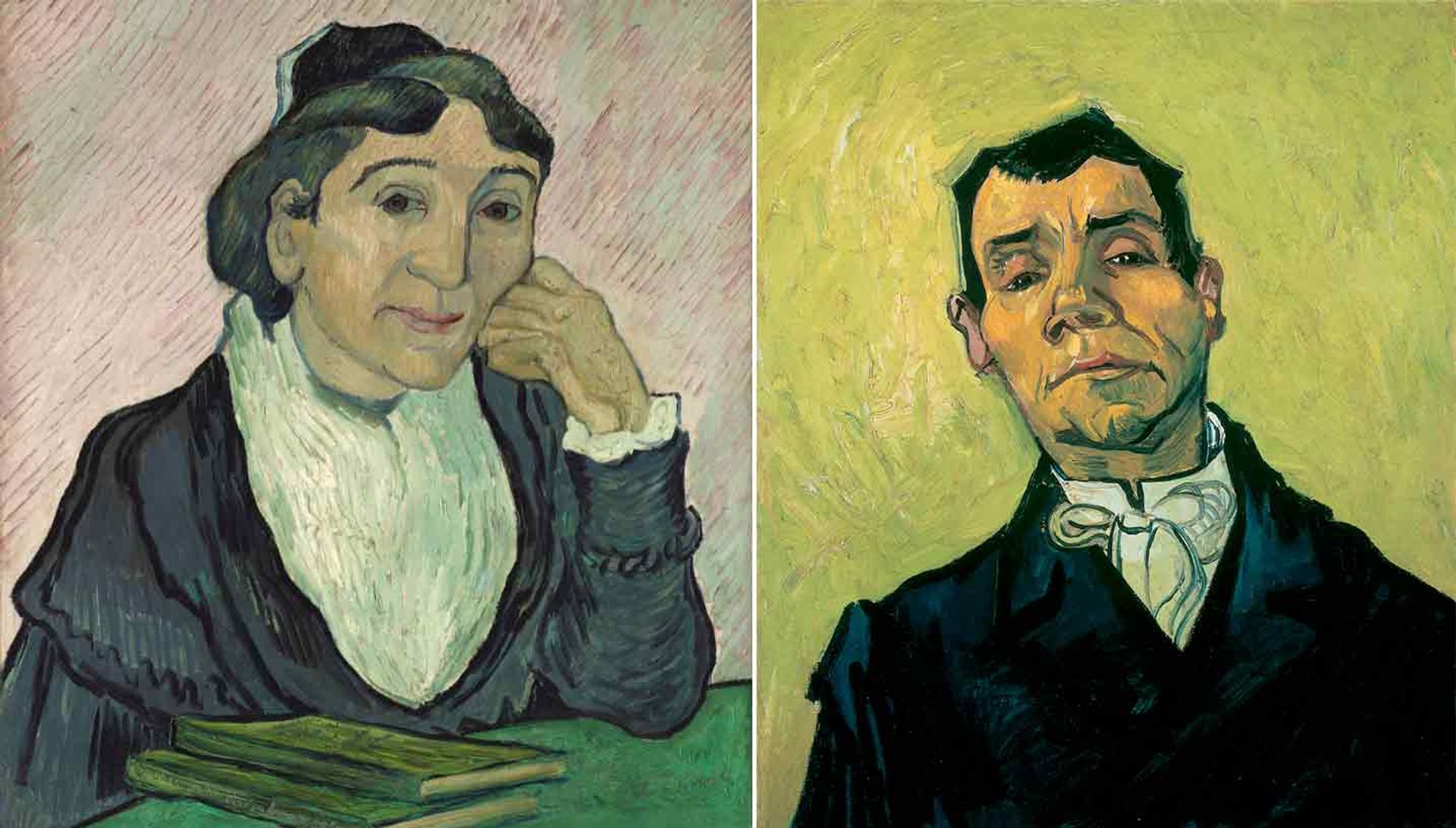
Van Gogh’s Portrait of Marie Ginoux (L’Arlésienne) (February 1890) and Portrait of Joseph Ginoux (December 1888), coming to the Museo Revoltella in Trieste
Galleria Nazionale d'Arte Moderna e Contemporanea, Rome and Kröller-Müller Museum, Otterlo
In Trieste there will be an unusual reunion of two portraits, depicting Marie Ginoux (loaned by the Galleria Nazionale d'Arte Moderna e Contemporanea, Rome) and her husband Joseph (loaned by the Kröller-Müller Museum). The couple ran the Café de la Gare in Arles, where Van Gogh lodged during the spring and summer of 1888.
The Arles connection will also emerge in an exhibition titled Van Gogh and the Stars (1 June-8 September). The show, at the Fondation Vincent van Gogh Arles, will be centred around the artist’s ever-popular Starry Night over the Rhône, on loan from the Musée d’Orsay in Paris. Most of the exhibition will feature works by other artists who depicted the firmament.
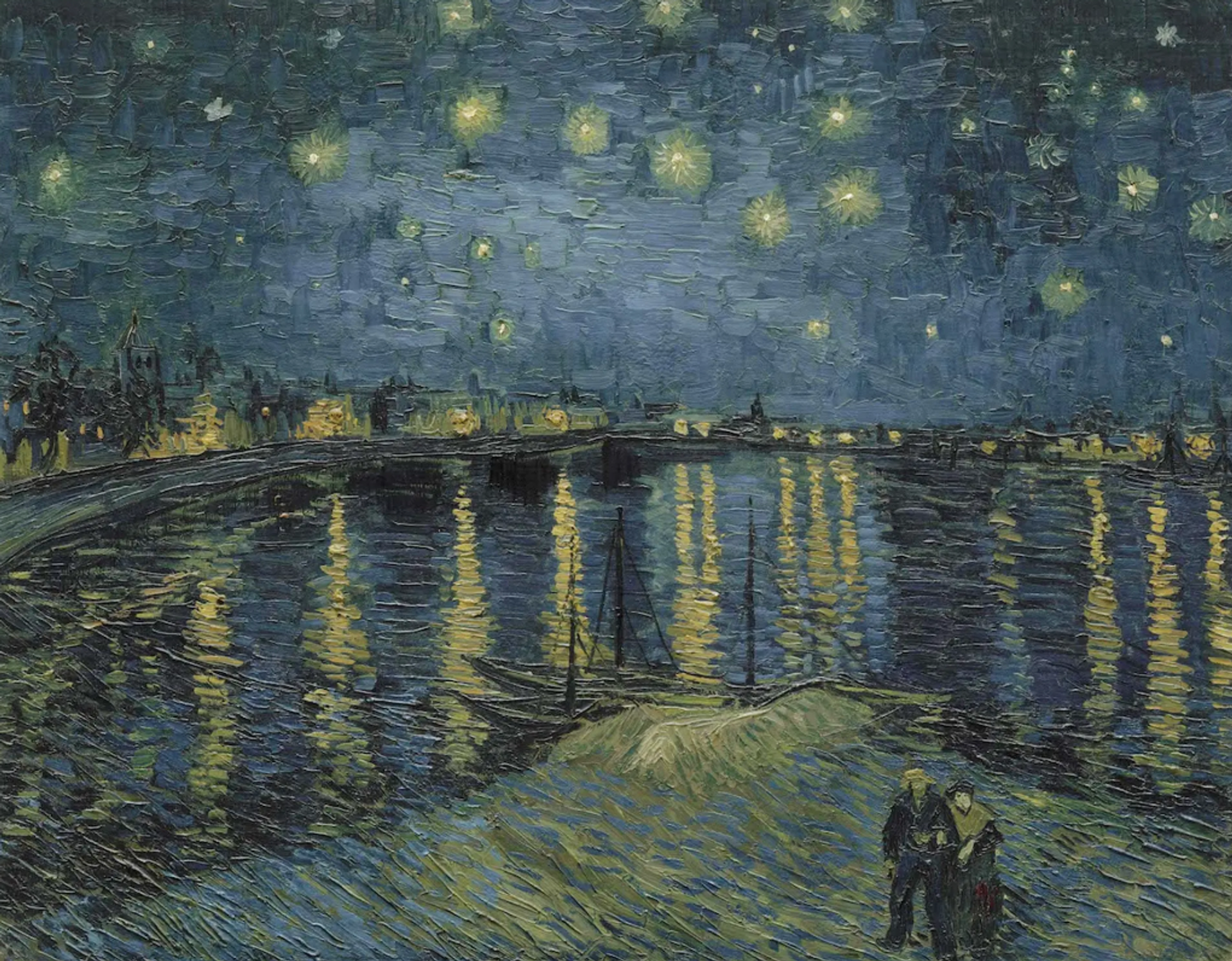
Van Gogh’s Starry Night over the Rhone (September 1888), coming to the Fondation Vincent van Gogh Arles
Musée d’Orsay, Paris
The final European exhibition will take place at the Groninger Museum, in the north of the Netherlands. It will look back at one of the artist’s first one-person shows, held in the city in 1896, six years after his death. How Van Gogh Came to Groningen (30 November 2024-5 May 2025), with around 35 paintings and drawings, will reunite works which once hung in the early exhibition.
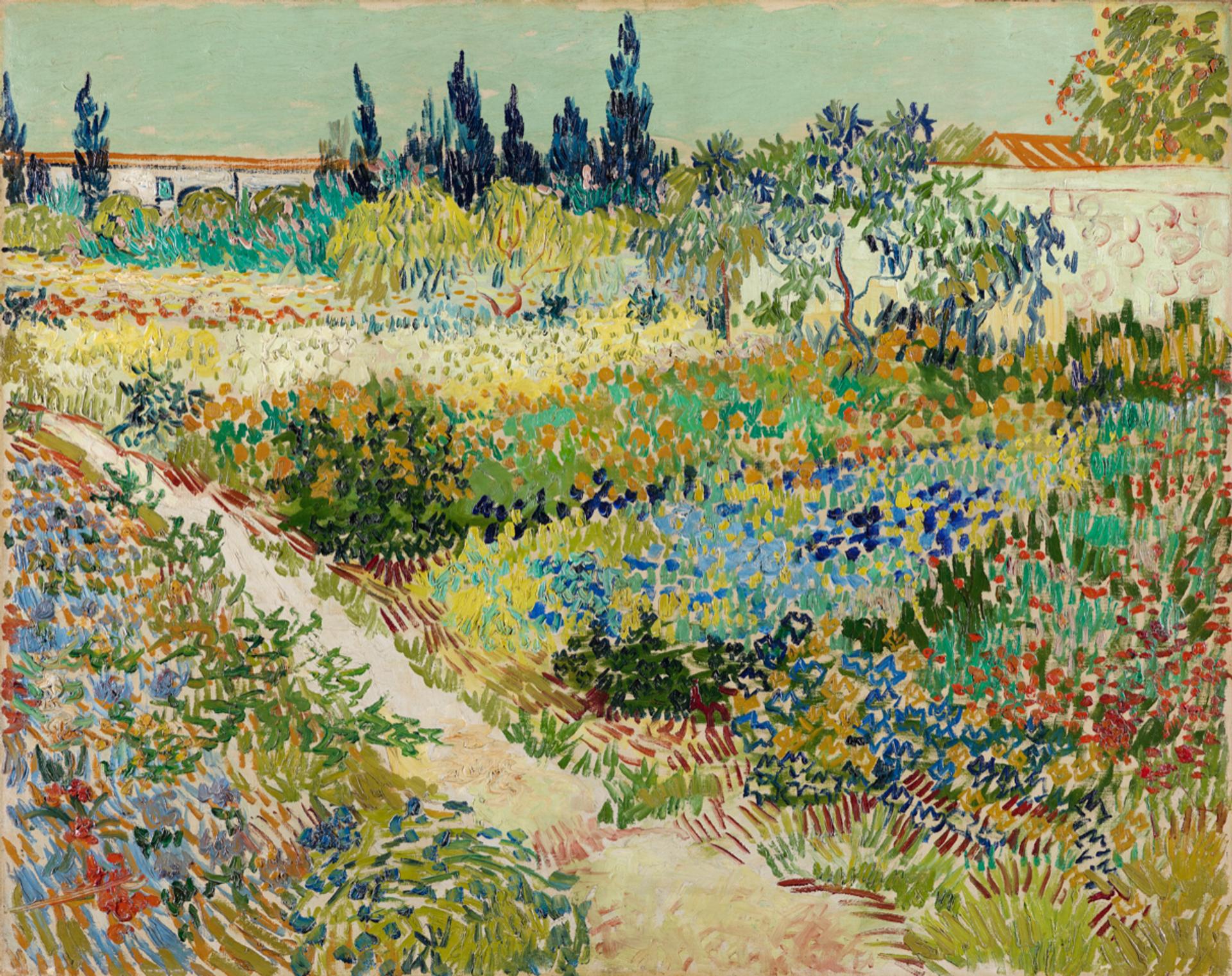
Van Gogh’s Garden at Arles (July 1888)
Kunstmuseum, The Hague (long-term loan from Rijksdienst Cultureel Erfgoed), coming to the Groninger Museum in Groningen
Although not yet announced, the Kröller-Müller Museum is understood to be arranging a large loan exhibition later in the year that will take place in Taiwan. This reflects the growing popularity of Van Gogh in east Asia.
Looking back on 2023, that year was a particularly outstanding period for Van Gogh exhibitions. Some of them are still on, finishing in the next few weeks, so catch them quickly if you can. These venues are in Amsterdam, Tokyo, Milan and Paris.
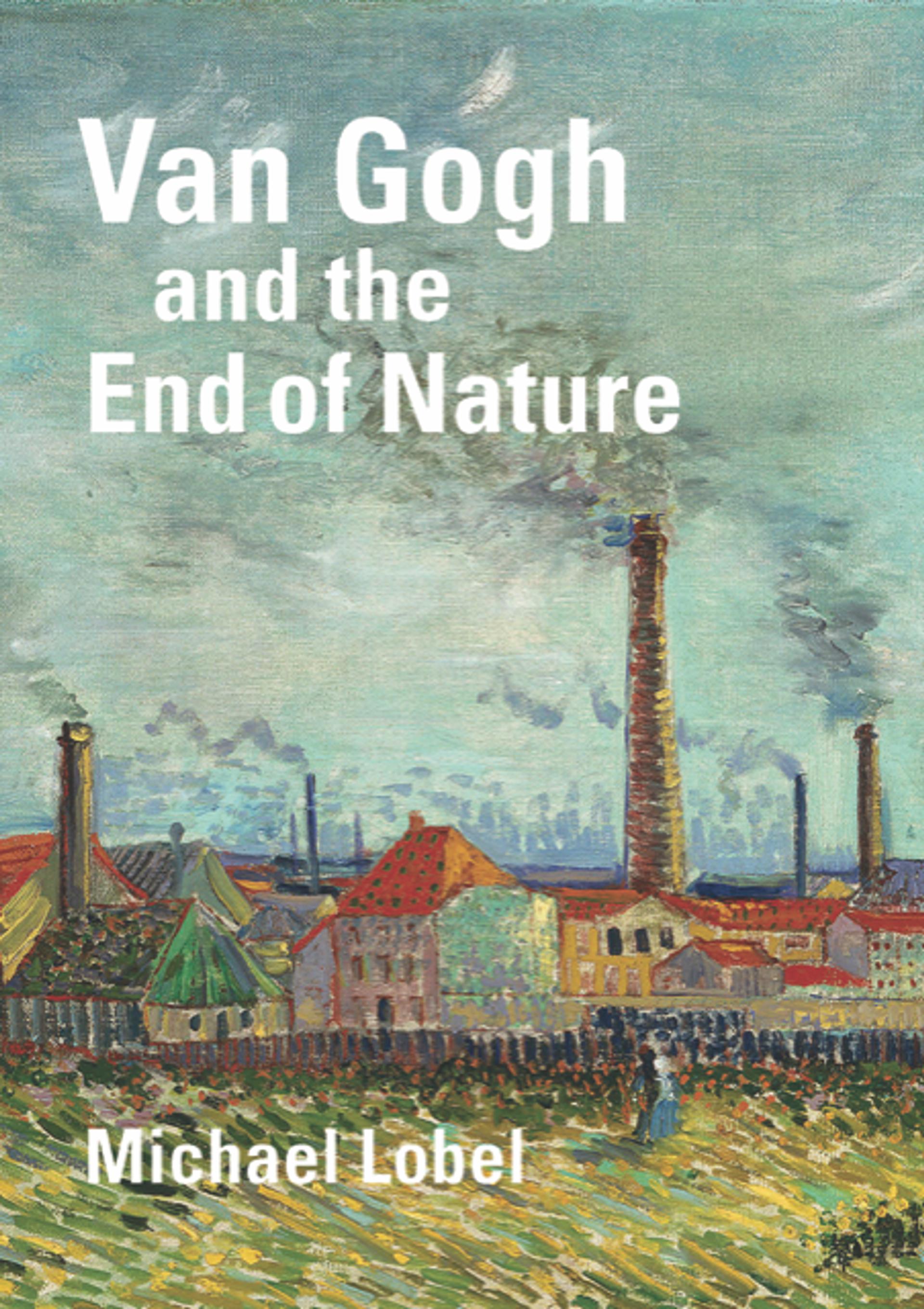
Michael Lobel’s Van Gogh and the End of Nature (Yale University Press), which will be published in June
Among the books on the artist to be published in 2024, Michael Lobel’s Van Gogh and the End of Nature (Yale University Press, June) sounds intriguing. Taking what is now a topical approach, he regards Van Gogh as warning of “threats of climate change and ecological destruction”. This emphasises, in my view, how misguided the tactics employed by the Just Stop Oil protesters were when they targeted Van Gogh's Sunflowers (August 1888) at London’s National Gallery in October 2022.
And a final prediction for 2024: the Van Gogh “immersive experiences” will continue to spread, reaching an increasing number of cities around the world. They have bewilderingly similar titles: Van Gogh: The Immersive Experience; Beyond Van Gogh: The Immersive Experience; Imagine Van Gogh: The Immersive Exhibition; Van Gogh Alive: The Experience; and Immersive Van Gogh Exhibit.
Confused? Although certainly immersive, they are hardly exhibitions. You will enjoy blown-up images of Van Gogh’s motifs, but nothing beats the real thing.
Other Van Gogh news:
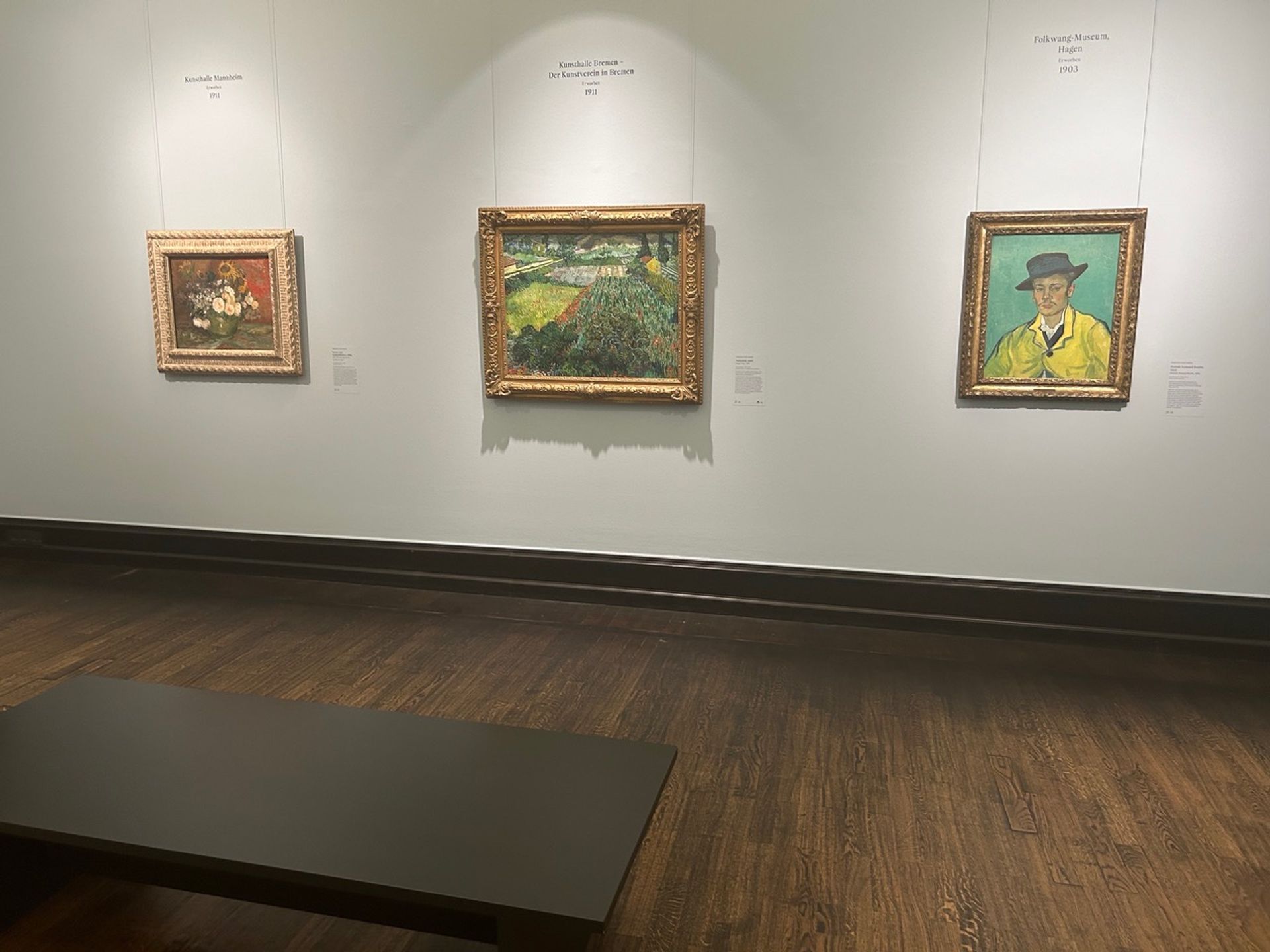
Installation view of Celebration: Monet to Van Gogh, at the Kunsthalle Bremen
The Art Newspaper
The Kunsthalle Bremen is presenting Celebration: Monet to Van Gogh (until 18 February), examining how early collectors in the city amassed considerable holdings of Impressionist works. The show culminates with three Van Gogh paintings: Still Life with Sunflowers and Roses (autumn 1886, on loan from the Kunsthalle Mannheim), Poppy Field (June 1889, Kunsthalle Bremen) and Portrait of Armand Roulin (November 1888, on loan from the Folkwang Museum, Essen).




